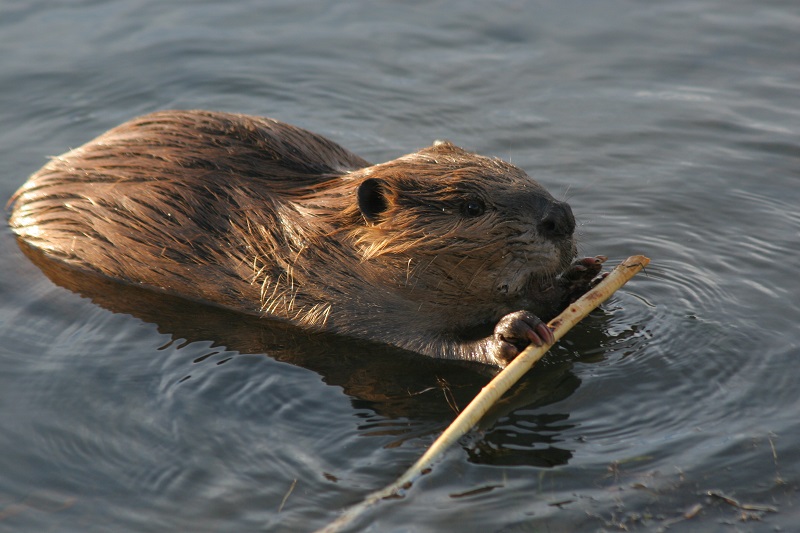Beavers have returned to the Bronx River, signaling a positive environmental shift for the area. After being absent for decades, these industrious animals are now once again calling the river home.
Researchers discovered the beavers using camera traps installed along the riverbanks. The footage shows the animals swimming, building lodges, and exploring their restored habitat. Experts say the sightings are a strong sign that the local ecosystem is recovering.
The Bronx River has undergone major restoration efforts over the past years. Clean-up projects, improved water quality, and habitat creation have helped native wildlife return. The beavers’ comeback shows these efforts are producing real results.
Beavers are known as ecosystem engineers. By building dams and lodges, they create wetlands that support fish, birds, and other wildlife. Their presence can also help control flooding and improve water quality, making them important for urban ecosystems.
Local environmental groups celebrated the news. They say the beavers’ return demonstrates that cities can coexist with wildlife when natural habitats are protected and restored. Community members have also expressed excitement, eager to see the animals along the river.
Researchers plan to continue monitoring the beavers to ensure they thrive. Camera traps and field surveys will track their movements, behaviors, and impact on the surrounding ecosystem. Scientists hope this data can guide future wildlife restoration projects in urban areas.
The Bronx River’s revival is part of a broader trend of urban wildlife making a comeback in North America. Similar projects in cities like Chicago and New York have seen foxes, coyotes, and river otters returning after decades of absence. Conservationists say urban habitats can provide vital refuge for these species.
Local schools have also used the beavers’ return as an educational opportunity. Students visit the river to observe wildlife and learn about conservation, biodiversity, and ecosystem health. Teachers say seeing beavers firsthand helps students understand the importance of protecting nature in urban settings.
Experts note that beavers’ return is not only a win for wildlife but also for communities. Healthy ecosystems provide cleaner water, reduce erosion, and support biodiversity. They also offer residents the chance to connect with nature in the city, improving well-being and awareness of local environmental issues.
The Bronx River beavers have quickly become a symbol of hope and resilience. Their presence reminds residents that nature can thrive even in urban landscapes if given proper care and protection. Conservationists hope their story inspires more efforts to restore wildlife habitats across the city.
Community volunteers are already participating in river clean-ups and habitat maintenance. Many say the beavers’ return motivates them to continue environmental work, showing how a single species can spark broader community engagement.
This comeback also highlights the importance of monitoring and research. Without camera traps and dedicated scientists, the beavers’ return might have gone unnoticed. Continuous observation helps ensure that urban wildlife populations remain healthy and sustainable.
Beavers’ reappearance in the Bronx River is a reminder that environmental progress is possible. Through careful planning, community involvement, and ongoing conservation, urban areas can support thriving wildlife populations. The Bronx River now stands as a model for other cities aiming to restore natural habitats.
As the beavers settle in, local residents and environmentalists alike are watching with excitement. Their return is more than just a wildlife story—it’s proof that human effort and nature can coexist, creating a healthier and more vibrant city ecosystem.


